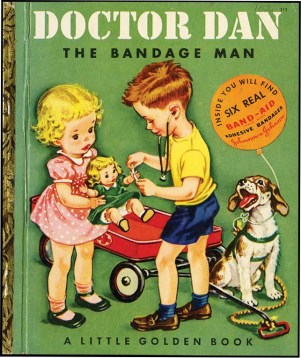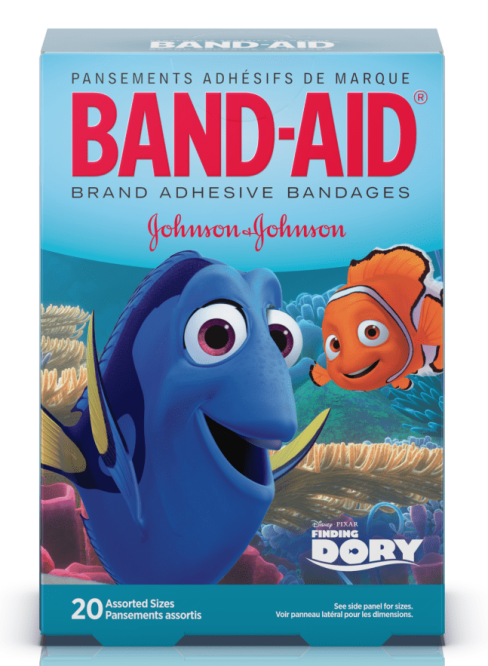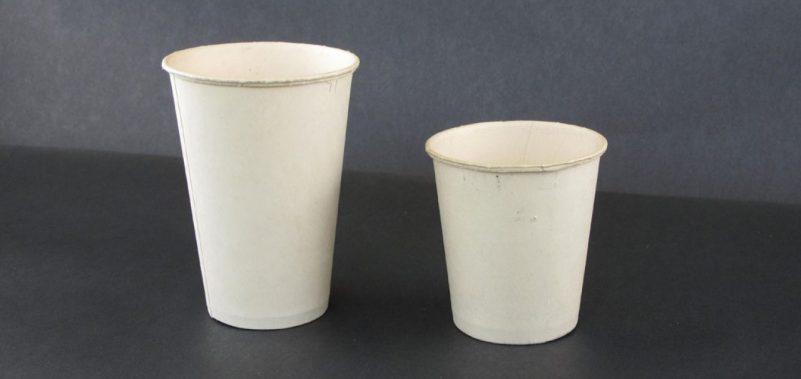Marketing to Mother
 Even though BAND-AID® and similar products are primarily conveniences, that is not how they are typically marketed. According to early advertisements, mothers were the only thing that stood between children and disease. Mother served as guardian against the discomfort of her delicate offspring and the creator of a clean, healthy, and safe (and disinfected) environment for them. These advertisements often provided helpful information about the dangers of infection and first-aid for wounds. Also, showed a sick or injured child to induce uneasiness and inspire concerns for their children’s safety. The goal of these ads is to emphasize the need for medical preparedness with the right products through an appeal to a mother’s sense of worry and her desire to provide the best care for her children.
Even though BAND-AID® and similar products are primarily conveniences, that is not how they are typically marketed. According to early advertisements, mothers were the only thing that stood between children and disease. Mother served as guardian against the discomfort of her delicate offspring and the creator of a clean, healthy, and safe (and disinfected) environment for them. These advertisements often provided helpful information about the dangers of infection and first-aid for wounds. Also, showed a sick or injured child to induce uneasiness and inspire concerns for their children’s safety. The goal of these ads is to emphasize the need for medical preparedness with the right products through an appeal to a mother’s sense of worry and her desire to provide the best care for her children.
This sad-and-injured-child strategy for marketing continued into the 1950s and 1960s. While advertisements showing wounded children continued into the 1980s and 1990s, the tone changed dramatically. The change came in part from the public’s general acceptance and knowledge of bacteria and viruses. Advertisers no longer had to convince their audience of the threats presented by a microscopic specter. Instead, marketers began to focus their attentions towards persuading children that they needed their product.
Beyond Wound Care: Cornering the “Kid” Market”
For American children, adhesive bandages are equal parts’ panacea, war story, and fashion statement. As shown in earlier sections of this exhibition, there have been many advances in ready-made adhesive bandage technology and design since its invention in the early 1920s.
Recent changes include “tough strips,” extra-cushioning, and waterproofing. However, nearly 20-30% of sales of BAND-AID® Brand has nothing to do with how well the product performs it primary function for first-aid. In 2015, the company saw a significant boost in sales as it rolled out the new line of Frozen and Star Wars character strips.

Doctor Dan by Helen Gaspard and illustrated by Corinne Malvern, published by Simon and Schuster, 1950.
Even before the first decorative stars-and-stripes bandage was introduced in 1956, BAND-AID® has been engaging children and instructing them on how to use their products. In a cross-promotion with the iconic Little Golden Books, 1950’s Doctor Dan: The Bandage Man taught children about the benefits of BAND-AID. In the story, Dan, an adorable scamp in a cowboy costume, scratches himself and runs to his mother. His careful and attentive mother washes the wound with soap and water and applies a BAND-AID® Brand bandage.

Doctor Dan saves his sister’s doll with his BAND-AID.
Whenever a pet, or friend, or Dad gets an injury in the rest of the book, Dan knows the proper way to make it better is to use a BAND-AID® Brand adhesive bandage. The first runs of the Little Golden Books originally came with six bandages. This strategy, along with print advertisements, introduced the ready-made product as not only an quick and easy remedy to a minor skin abrasion, but as a prop or toy for imaginative play.
Brightly colored bandages and friendly, familiar cartoon characters (see advertisements) further sell the product as not only a convenient way to bandage a wound, but a fun toy for kids. In 2012, the Johnson & Johnson Company cemented that connection with the BAND-AID Magic Vision app for iPhones and iPads. By scanning a QR code on the side of the box of Muppets BAND-AIDs, children can now have a Muppet sing and dance to help them feel better.
More recent advertisements and packaging designs of character adhesive bandages devote little space to the health or first-aid aspects of the product. On cross-promotional products, less than one-third of the design space of the package is used for the BAND-AID brand logo. This is due to the strength of brand recognition and the public’s prior knowledge of how to use the product. A box of band-aids are promoted and advertised like toys or as extra-special “stickers” that happen to help protect wounds.

BAND-AID® Brand Finding Dory Adhesive Bandages (band-aid.com)


